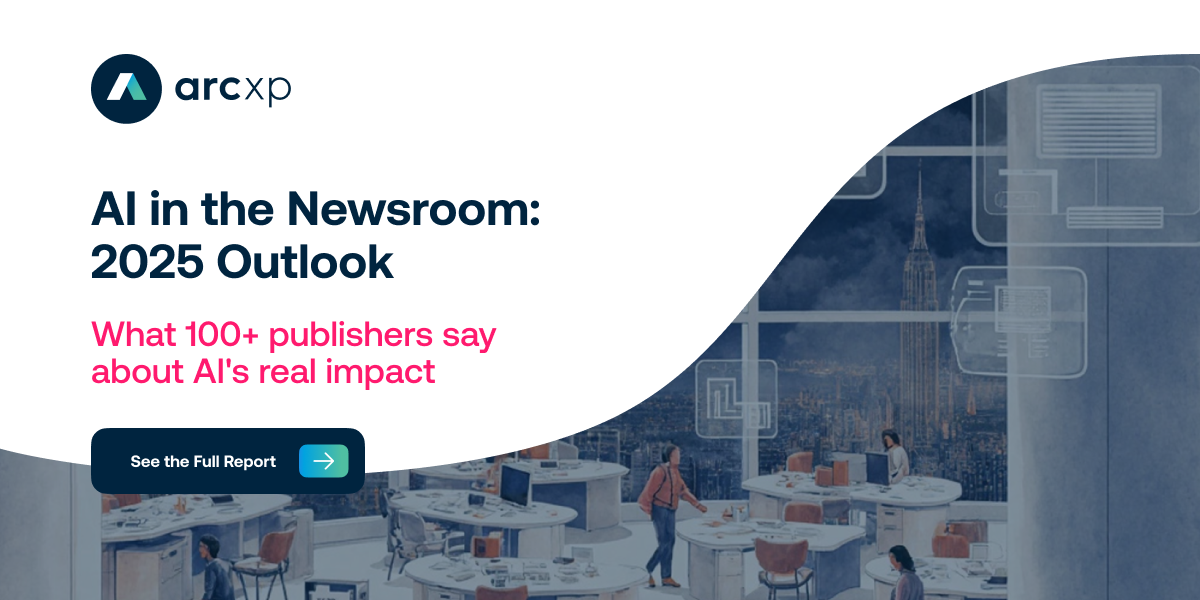What an Italian grocery cooperative says about the future of media
Time to learn from Conad
I’ve spent the last week in Italy. Today, in a TRB Pro member’s piece, I draw inspiration for the future media businesses from Italian grocery stores.
Join TRB Pro for full access to all of The Rebooting’s content as well as invitations to virtual and in-person events.
One request: We are finishing a survey that is examining how publishers are maximizing revenue per user and the organizational dynamics needed to do so. Please take a few minutes to fill out the brief survey. Five respondents chosen at random will receive a complementary annual subscription to TRB Pro.

What 100+ media companies told us about AI

AI is no longer a future bet—it’s a newsroom essential. In this exclusive State of the Industry report, Digiday and Arc XP surveyed over 100 media leaders to uncover how publishers and broadcasters are actually using AI today, what’s working, and where challenges remain.
Whether you’re just starting to explore AI or scaling existing tools, this report provides a grounded, data-backed look at how your peers are navigating the AI landscape—and what it means for the future of journalism.
The Italian grocery cooperative media model
One of the continued benefits of travel is it forces you to recognize that others organize their lives differently. Something I’ve noticed in Italy is how different their grocery stores are, in particular the many different types of Conads you’ll find everywhere. You can be at a large format Conad in a major city like Milan and a tiny bodega-like corner store in a village in Sicily.
This kind of flexibility is a result of Conad organizing completely differently than American grocery conglomerates, organized for scale and efficiency. This is what America does best. Conad is different. It’s a decentralized cooperative model that dates back to the early 1960s as mom-and-pop stores felt pressure from the encroachment of supermarket chains. Even in Italy, efficiency exerts itself.
Conad organizes over 3,000 independent owners across the country, with regional and . The cooperative handles retail infrastructure like supply chain, branding, tech, real estate and back office. But the stores are run by entrepreneurs. And those entrepreneurs in turn own the cooperative as members.
This provides a middle ground between a command-and-control system like an American grocery store chain and a bunch of inefficient independent shops. Procurement is best centralized. Local owners know best what works in their communities and are owners, not managers. There is sufficient flexibility in a cooperative to ensure the stores are fully localized, including on the product level, since local tastes are critical..
There are many tradeoffs to this approach. Any cooperative can become like an HOA with plenty of bickering, slow decision making, uneven execution and overall inefficiency. It’s a safe bet that McKinsey wouldn’t recommend the Conad approach.
Yet the command-and-control corporate system is completely contrary to value shifting in the market to individuals. A cooperative model respects autonomy and flips the institutional model on its head: the centralized entity exists to serve the creators rather than extract value. In a Conad model, the individual store operators are the ultimate shareholders, not outside investors.



